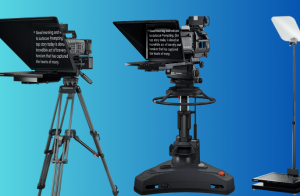
In a world where there isn’t a moment to spare and handy solutions are profoundly pursued, the idea of a “perfect posture fixer in a flash” can incredibly appeal. After all, who wouldn’t want a shortcut to achieving that sure, without pain posture we as a whole craving? Nonetheless, it’s essential to approach such claims with a critical eye, understanding that perfect posture is in many cases more of an excursion than an instant destination.
The Reality of Perfect Posture
While these convenient solutions can give immediate help and act as valuable reminders, they ought to be viewed as instruments rather than magic arrangements. Perfect posture is much of the time a consequence of reliable effort and mindful awareness. Here’s the reason:
Muscle Memory: The perfect posture fixer involves training your body’s muscles to support and maintain the correct alignment. Handy solutions may help temporarily, however, they don’t foster the necessary muscle memory for lasting outcomes.
Main drivers: Poor posture is in many cases the aftereffect of underlying issues like muscle imbalances, joint issues, or way of life habits. A convenient solution may alleviate side effects; however, it will not necessarily address these underlying drivers.
Sustainability: Long-haul outcome in achieving perfect posture requires sustainable changes to your daily habits, including how you sit, stand, move, and exercise.
Individual Variability: Everybody’s body is remarkable, and what works as a convenient solution for one individual may not be powerful for another. A personalized approach is much of the time necessary.
Convenient solutions can act as valuable devices and reminders; however, they ought to be part of a broader strategy that involves mindful awareness, ergonomic adjustments, regular workouts, and way-of-life changes. By taking a proactive and all-encompassing approach to your posture, you can work towards lasting outcomes that benefit your health and prosperity in the long run. Recall that the excursion to perfect posture is an ongoing interaction, and patience and consistency are critical.







